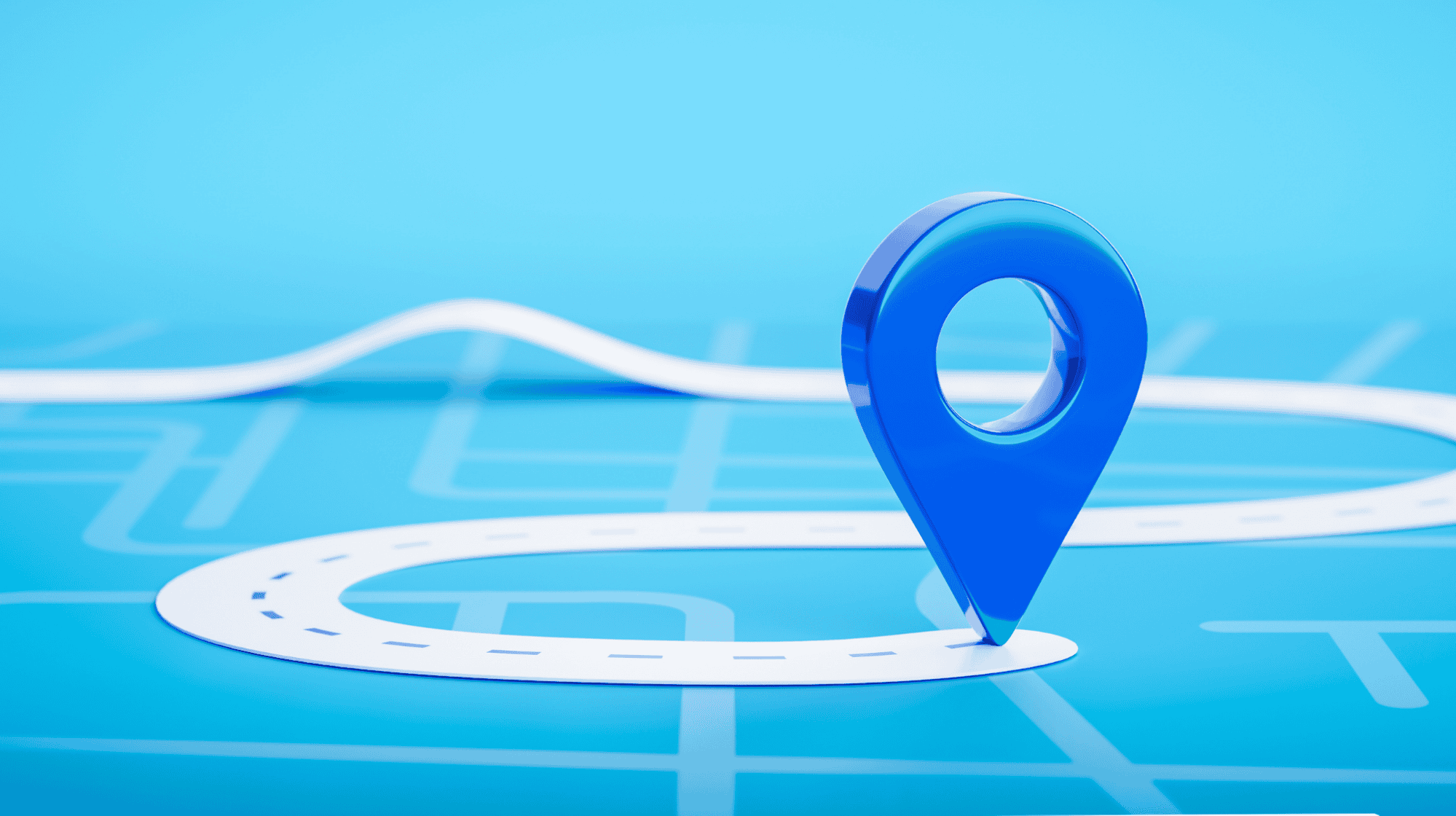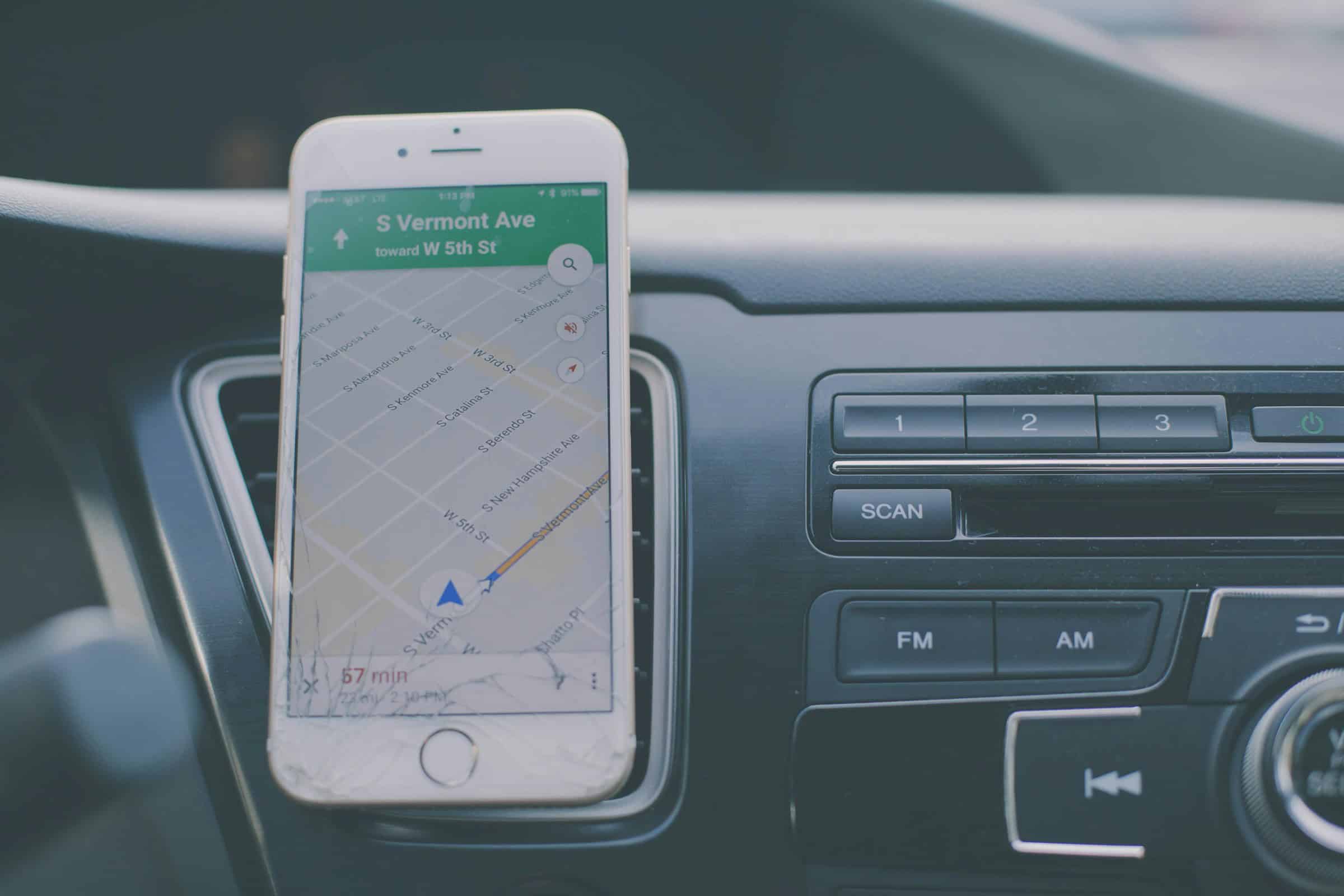Getting around a super casino resort can be compared to strolling through a small city. From endless hotel corridors and busy casino floors to tucked-away lounges, event spaces, spas, and retail arcades, these entertainment meccas can be as overwhelming as they are exciting. Getting lost has almost become a rite of passage for many first-time visitors. But technology is increasingly guiding the way. GPS navigation solutions and indoor wayfinding systems are changing the way in which these ‘super’ properties can be explored, experienced, and enjoyed.

Understanding the Maze and Making It Easier to Navigate
Mega resorts like The Venetian and MGM Grand in Las Vegas are millions of square feet. This is no exaggeration; some of them are as big as airport terminals. Visitors not only want to reach the blackjack table; they want to find their rooms, that tucked-away sushi bar someone recommended, or the rooftop pool they saw on Instagram. With so much under one roof (and many floors), clear navigation becomes not just a perk but a necessity.
Interestingly, as physical navigation inside these resorts becomes more seamless, the rise of the online casino world continues in parallel, offering a completely different, digital-first user experience. Yet, in contrast to the simplicity of online play, it remains inevitable that physical space, bodies in motion, and human needs will define the real-world property. Therefore, navigation systems become the invisible ‘glue’ that holds together the real-world experience, especially in properties seeking to provide more than just gaming.
The Way Forward
Today’s casino resorts need GPS guidance that goes beyond outdoor maps for finding the right entrance or parking spot in the modern complex featuring thick walls and multi-story structures that tend to disrupt satellite signals.
Another solution uses indoor positioning systems. These are enabled by a combination of Bluetooth beacons, Wi-Fi triangulation, or even sensor-based platforms providing real-time positioning on a digital map. When on the premises, a customer may have the resort app on their phone and see exactly where they are, like in a mall or airport. They may then receive turn-by-turn directions to the buffet, to a theater show, or to the nearest restroom.
Some go the extra mile. Augmented reality directs you through live camera views with added directional arrows almost a game-like experience. Others load QR code-based links that work with the app within the signage across the resort, ensuring that no downloads are needed for an app to access the map fast. This means these touchpoints are small in size but enormous in usability.

Smart Maps Meet Smart Business
Even beyond the convenience for the guests, the systems offer operational benefits to casino resorts. The navigation features are now becoming a part of larger resort apps that carry room booking, spa appointment booking, loyalty point tracking, and restaurant booking. It is this level of tight integration that goes beyond just guidance to offering highly personalized guest experiences.
Guests might walk by a steakhouse moments before dinner, then receive 15% off through an enticing notification, or by a boutique shop, then receive a reminder of the amount of loyalty points available for redemption. This is what geofencing does, powered by location-based analytics triggers through the use of location. These tools, sensors and cameras make businesses more intelligent with an analysis of anonymized movement patterns to optimize service layouts; forecast staffing needs; and understand what’s attracting eyeballs (and what’s not).
These insights inform sharper design decisions and greater guest engagement, although it is worth debating whether guests will be comfortable being tracked. Many at this juncture seem to have no problem trading some data with the convenience and personalized benefits if it means improving their stay.
In Closing
GPS or indoor navigation may not be the most exciting features of a casino resort, but they are quite practical. With hotels becoming larger and more complicated, visitors rely on intuitive, technology-based support that optimizes their stay without spending time and energy in getting lost in the first place. A navigation system doesn’t just help but informs, involves, and often surprises.
In an era of fierce competition for time between physical and digital forms of entertainment, the transformation of real-world spaces into ones that are just as easy to navigate as their online counterparts presents a weighty design problem to solve. Those mega casino resorts that get this right are placing themselves not just on a map but in the minds of their guests as destinations that understand and anticipate every step of the journey.